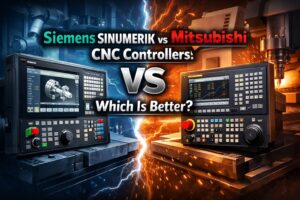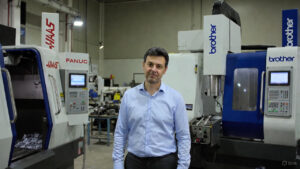In actuality, your requirements determine on your definition of Industry 4.0 and there is no standard definition. It is the TREND in manufacturing technology and processes toward automation and data interchange, which includes cyber-physical systems (CPS), Internet of Things (IoT), and cloud computing, with software automating many of the choices that people used to make.
At its most basic level, Industry 4.0 has mainly works on the components like data – which is directly collected from machines and inbuilt sensors of machine and software – which converts that raw data into information for decision making which further helps the CEO of the company to improve productivity and OEE.
There are several key design principles that make up Industry 4.0:
Interoperability: A system or component’s ability to work well with other systems or components
Information transparency: The ability to collect and process machinery activity using electronic sensors for other uses
Technical assistance: First, the ability to assist people by reporting and informing them so that they can make decisions. Second, the ability to assist people by completing unpleasant, tedious, or dangerous jobs
Decentralized decisions: The ability to decide and execute tasks as autonomously (human-independent) as feasible. Decisions and duties are only delegated to humans when they become particularly complex or have conflicting objectives
In summary, Industry 4.0 refers to any industrial automation system that uses sensors linked to machines, the internet, and the cloud to record, transfer, and analyze the data. It is a wide term that excludes absolutes or measures such as interoperability, technical assistance, and so on.
Specific Industry 4.0 definition will be based on everything from your pain points, to your budget, to your ability to make culture changes in your organization as well as the benefits you see coming from different approaches. The goal of this exercise is to get you thinking about how you define success for yourself and what experiences, resources, and connections might be needed to achieve that.
What Industry 4 is NOT:
- The Industry 4.0 Standard is a myth: Industry 4.0 begins when you link your machine to your computers and can view what it is doing at any time.
- There is nothing like ‘Compliant Industry 4.0’: After you’ve connected your machines to your PCs, you may choose which features to add based on the advantages you observe from each.
- Industry 4.0 has NO LIMITS: You may expand your system’s capabilities in any way you like.
- There are no technologies that your system must include: There is a widespread misperception that additive manufacturing (3D printing), virtual reality (VR), augmented reality (AR), robots, and automated machinery are all required components of Industry 4.0. This is incorrect.





